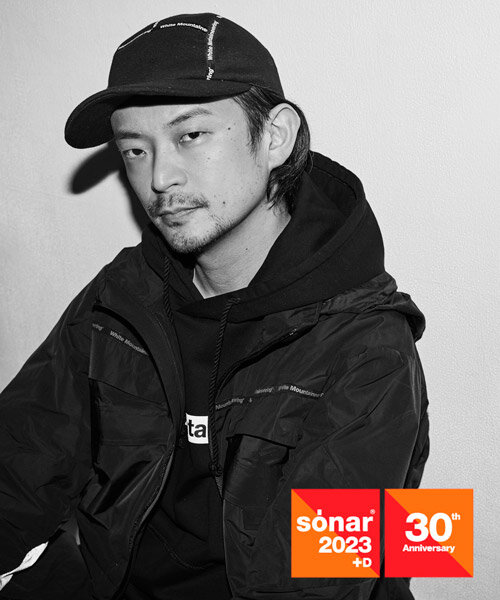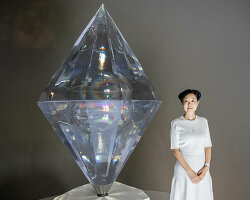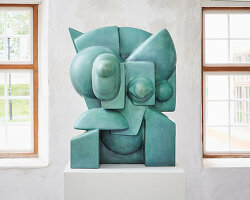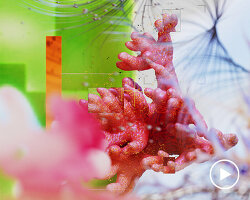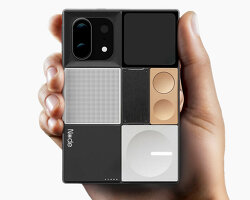SÓNAR+D: intersection of technology and artistic innovation
Sónar+D, the international meeting of digital culture and creative technologies, celebrated its 11th edition as part of Sónar Festival’s 30th anniversary. With a focus on the impact of artificial intelligence (AI) on music, audiovisual, and interactive arts, Sónar+D brought together experts, organizations, and companies from around the world. The program featured a diverse range of activities, including talks, workshops, and showcases, exploring the cultural, ethical, economic, and industrial implications of AI. Through presentations by renowned figures such as MIT Media Lab researcher Kate Darling and AI music expert CJ Carr, the program delved into the future of human-robot relations and the creative applications of AI in music composition.
Within the dynamic landscape of Sónar+D, amidst the celebration of Sónar Festival’s 30th anniversary, designboom had the opportunity to engage with Rhizomatiks, a Tokyo-based creative collective that explores the intersection of technology and artistic expression through experimental projects and research. With a team of artists, designers, and engineers, they specialize in R&D-heavy approaches and take responsibility for every aspect of their projects, from hardware and software development to operations. Their activities span various fields, including media arts, advertising, entertainment, architecture, and urban development. Rhizomatiks aims to push boundaries and deliver cutting-edge creative works and research to society.
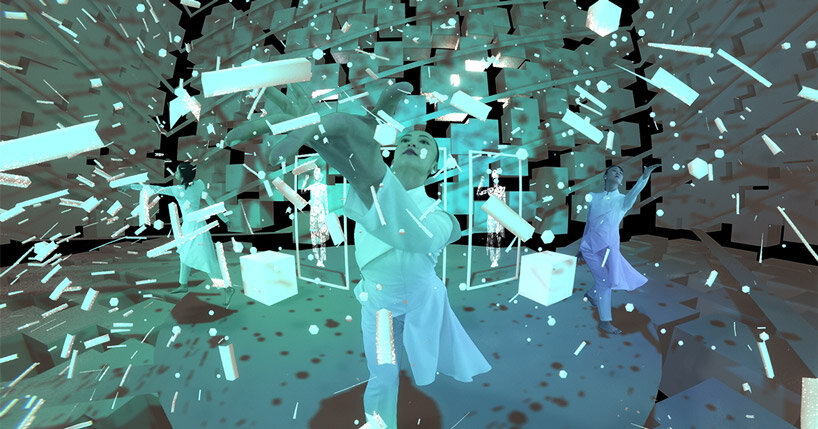
Elevenplay × Rhizomatiks ‘antiparallel’ | video experience using Canon’s proprietary MR system, ‘MREAL’
image © Rhizomatiks
RHIZOMATIKS DARE TO explorE AI’S unconventional paths
Rhizomatiks, led by digital artist Daito Manabe, hosted an insightful masterclass titled ‘Generative AI and the Arts’. In this session, accompanied by engineer Yuya Hanai, they explored the inner workings of generative AI and prompt-based image synthesis technology. During the masterclass they provided an in-depth look into their creative process and ongoing projects. Daito introduced Rhizomatiks’ approach, emphasizing their focus on R&D and the convergence of technology, art, and concept development. He showcased videos illustrating their studio-based prototyping sessions and highlighted their exploration of AI in their works. One notable project discussed was the Elan Mitsua Project, which aims to train AI datasets in an “ethical” manner. Yuya delved into the Fencing tracking and visualization system, showcasing how AI is utilized for sword edge detection and tracking. The duo also touched upon Daito’s recent experiments involving the cultivation of rat brain cells as a potential computing resource, shedding light on the frontier of AI research. Throughout the masterclass, the themes of AI integration, ethical considerations, and pushing the boundaries of technology in artistic expression were prominent.
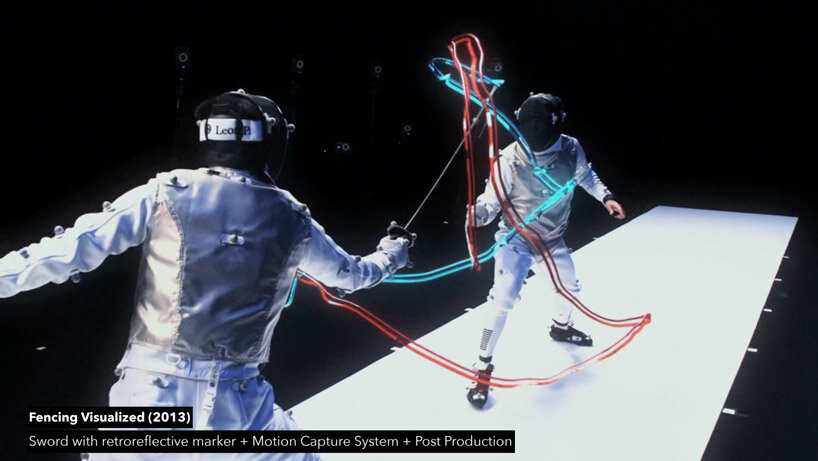
slide from Rhizomatik’s fencing tracking and visualization system presentation
designboom (DB): Could you please describe your practice and elaborate on the core themes and concepts that you explore?
Daito Manabe (DS): Certainly. Rhizomatiks is a team of diverse and talented individuals, initially we were just two people and our work was more avant-garde. However, we now divide teams for each project, operating more like a music-level or artistic collective. We began exploring AI, or what was then called machine learning, back in 2015. We recently started developing an ethical, copyright-free model in response to the concerns surrounding creative ownership in the AI field. Our goal in this latest project is to foster innovation and inclusivity while addressing the complexities of intellectual property in AI-generated art.
DB: Could you tell us more about your ethical generative AI model?
Yuya Hanai (YH): Initially, the generative AI involved giving a text prompt and generating an image. However, with extensive training, it has become difficult to observe improvements in drawing scales. Copyright issues have also become a concern. To address this, we started with training the AI using public domain images and gradually incorporated character code elements that grow alongside the audience. We even created an opt-in form on Twitter, and 150 people have joined. Initially, we created the AI model using public domain images, but the quality wasn’t high. Our aim now is to feature a new character of AI drawings with the audience’s participation. The base model of this AI is publicly available, and we plan to publish additional styles using images obtained from opt-in forms, such as those on Twitter.
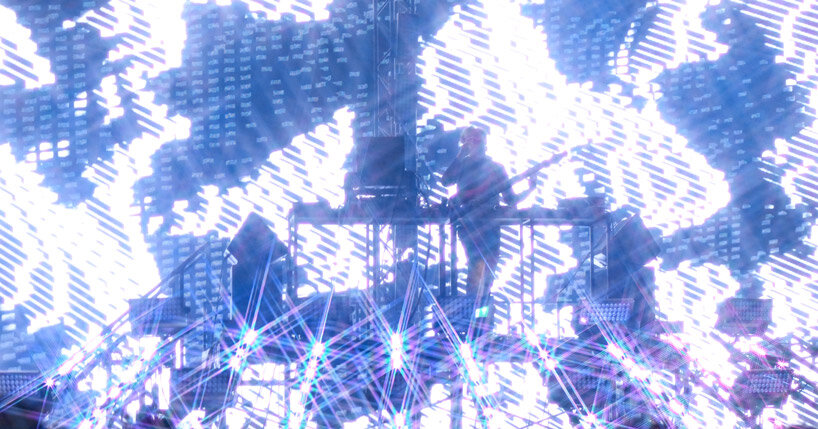
Squarepushers, live visuals by Daito Manabe / Rhizomatiks. image © Rhizomatiks
DB: You mentioned being involved in AI projects since 2015 when it wasn’t widely discussed. What changes have you observed over the years, and what do you foresee for the future of AI-generated art and its impact on society?
DM & YH: One thing is for sure: the quality has improved, and it has become easier for everyone to try AI through platforms like Discord and web interfaces. However, the system itself has been around for a long time. We believe the technology is truly complete when it reaches a wide audience. The importance of content and the growing number of people joining the AI community are significant. The approach to engage the community has been smart, as seen in the midjourney project. While some jobs may be affected, the extent of this will depend on government regulations. People won’t be completely unemployed, but there will be a range of possibilities and varying levels of quality between those who use AI and those who don’t. AI can provide inspiration that was previously inaccessible, expanding creative availability.”

Rhizomatiks portrait. image © designboom
DB: The previous buzzword in the digital creative field, was NFT. Do you think they will survive, and are you participating in this field?
DM: I am involved in NFTs under an alter ego. While NFTs and generative AI are trending topics, our focus is not solely on NFTs themselves but rather on the broader potential of blockchain technology. However, when comparing different AI services, technologies like ChatGPT have a more significant influence.
DB: What advice do you have for young creatives?
DM: Our advice is to explore unconventional uses of AI. Just like scratching on a turntable emerged as a new and meaningful technique, people are currently experimenting with prompt injection to find the weaknesses of AI. Such approaches can lead to the creation of something new and meaningful.

Sònar by day, main venue. image © Sònar
Beyond Rhizomatiks, Sónar+D’s vibrant program fostered a space of knowledge exchange, innovation, and creative exploration. It showcased the diverse landscape of AI in the arts, inviting discussions on some of the most challenging themes of our times. Not only human-robot relations, but also climate emergency and digital counterculture reverberated throughout Sónar+D, underscoring the role of artists as catalysts for change and cultural transformation. The festival’s Project Area showcased over 80 captivating pieces and prototypes, ranging from sound and immersive projects to video games and instruments developed by artists, studios, universities, and research centers. Noteworthy among the showcased exhibits were the innovative creations of New Zealand artist Antony Nevin. His remarkable fusion of sound, light, and microscope technology, developed during a residency at the Institut for Research in Biomedicine (IRB) in Barcelona, mesmerized visitors with its imaginative approach. A series of enlightening talks and masterclasses led by prominent figures in the field of art and technology like Weirdcore, known for their collaborations with music luminary Aphex Twin, and Parafeno, engaged in conversations that celebrated creativity and the power of digital expression.
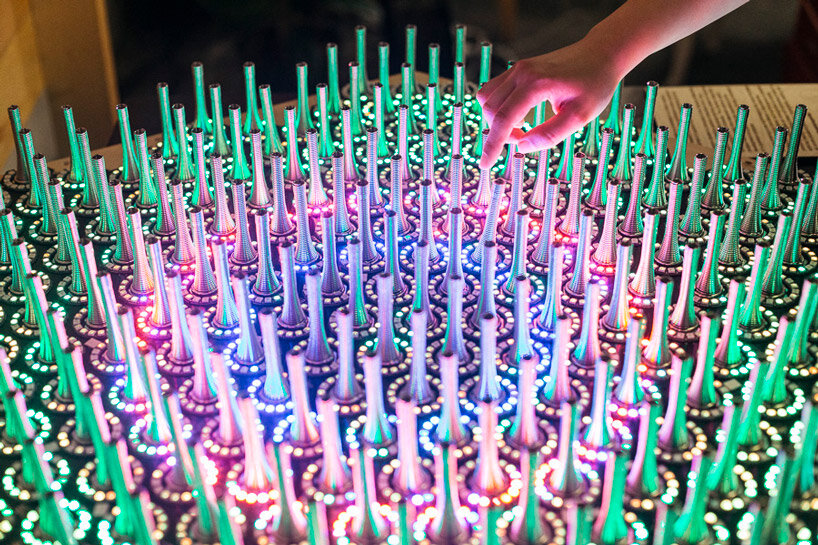
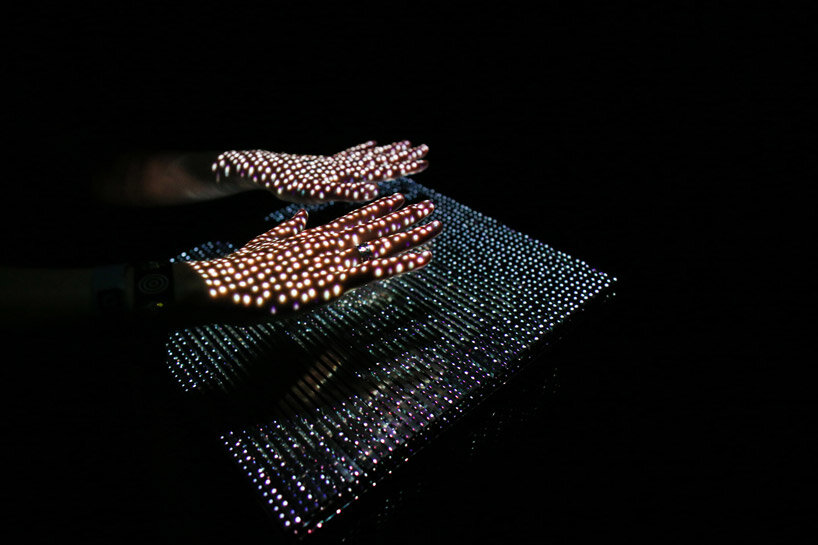
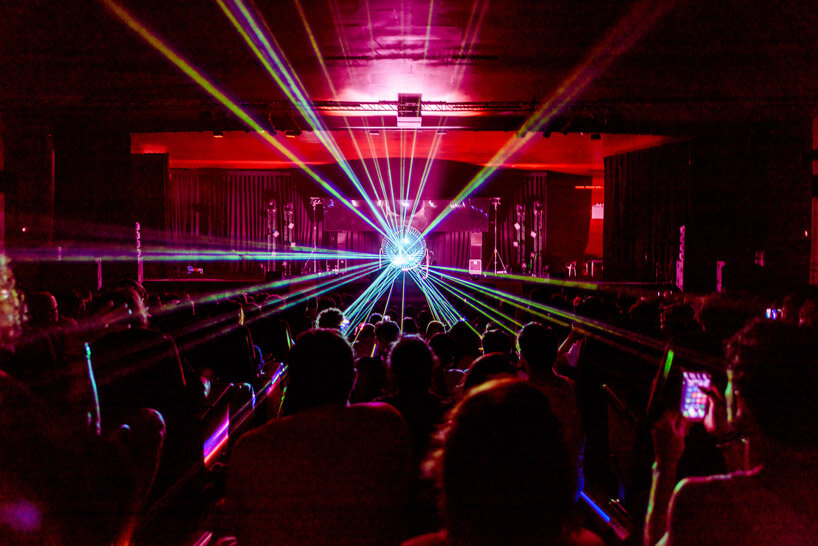
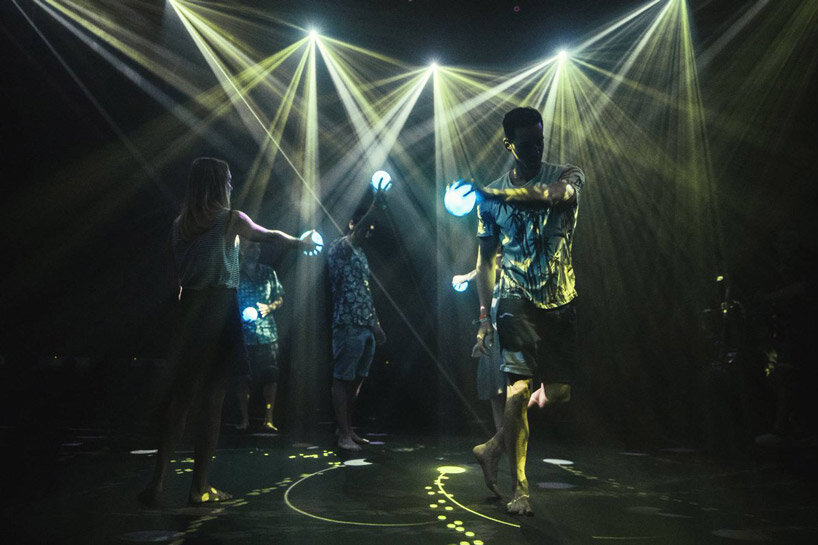
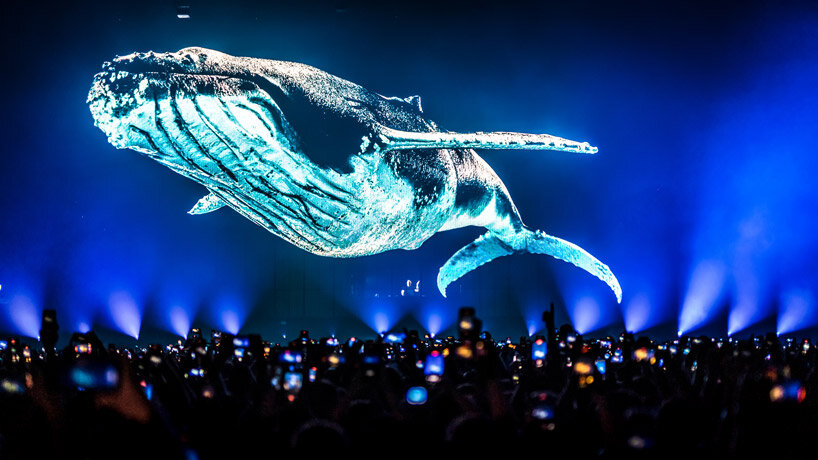
project info:
artistic collective: Rhizomatiks
masterclass: Generative AI and the Arts
event: Sònar+D 2023
art interviews (138)
artificial intelligence (378)
PRODUCT LIBRARY
a diverse digital database that acts as a valuable guide in gaining insight and information about a product directly from the manufacturer, and serves as a rich reference point in developing a project or scheme.
